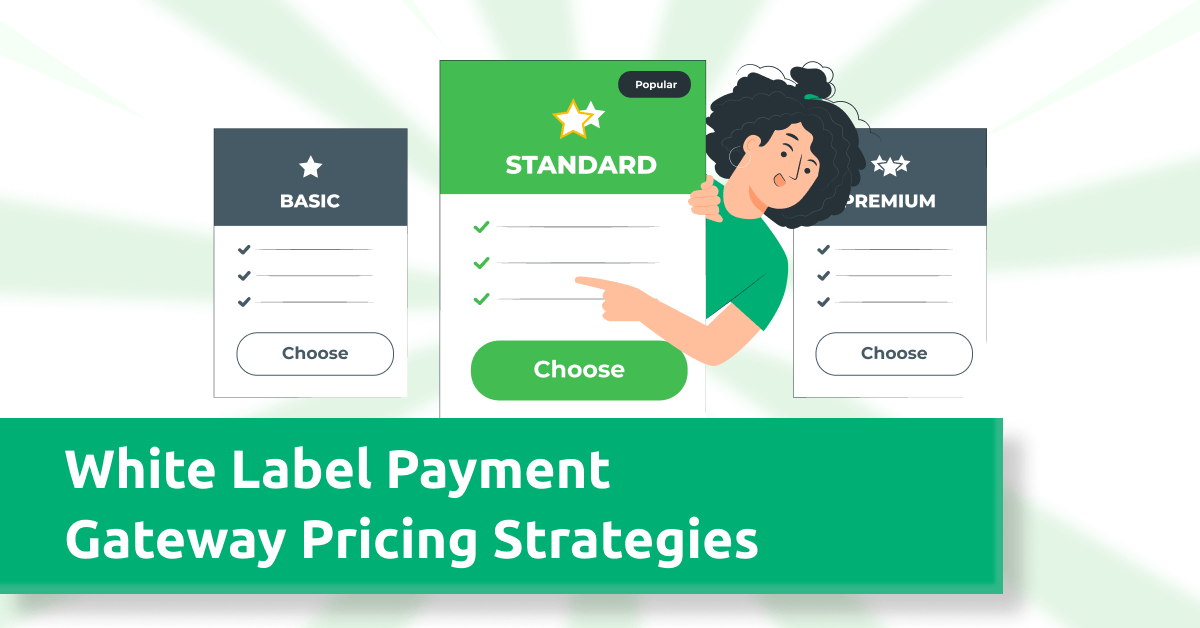
White Label Payment Gateway Pricing Strategies
As more businesses move online, the demand for secure and efficient payment gateways has grown. White label payment gateways, such as WLPayments, are increasingly popular as they allow companies to provide payment solutions under their brand. Payment industry players must consider several factors when deciding on pricing strategies for their white label payment gateway.
When developing a pricing strategy, potential clients must consider factors such as the target market, competition, and the cost of developing and maintaining the payment gateway. Understanding the needs and budget of the target market is essential to setting the right price. Knowing the competition’s pricing and features is also critical to correctly positioning the white-label payment gateway.
Pricing strategy: Per-Transaction Pricing
One common pricing strategy for white label payment gateways is per-transaction pricing. This model charges a percentage or a flat fee per transaction processed. This pricing strategy is suitable for businesses that process merchants with a large number of transactions and high-value transactions. However, there may be better fits for low-value transactions, as the cost per transaction for low-value transactions may be too high for merchants.
Pricing strategy: Subscription-Based Pricing
Another pricing model for white label payment gateways is subscription-based pricing. This model charges a monthly or annual fee for using the payment gateway. Subscription-based pricing is suitable for businesses that process a small number of transactions or have a predictable transaction volume. It also provides more predictable revenue streams for the payment gateway provider.
Pricing strategy: Tiered Pricing
Tiered Pricing is another pricing strategy suitable for businesses that process a wide range of transaction volumes. This model charges different fees based on the transaction volume, with lower prices for higher transaction volumes. This pricing model encourages businesses to process more transactions as the costs decrease with volume.
Pricing strategy: Value-Based Pricing
Value-based Pricing is a pricing model that considers the value the white label payment gateway provides to the business. This pricing model charges a fee based on the payment gateway’s benefits, such as improved security, fraud protection, or faster payment processing. Value-based pricing suits businesses that prioritise the quality and safety of their payment gateway over cost.
Pricing strategy: Hybrid Pricing
CEOs of payment gateways can also consider a hybrid pricing model that combines different pricing strategies to provide flexibility and meet the needs of different businesses. For example, a white label payment gateway provider can offer a subscription-based pricing model with a lower transaction fee for high-volume businesses.
In conclusion, selecting the right pricing strategy for a white label payment gateway is essential for the success of the payment solution. When selecting a pricing model, CEOs must consider various factors, such as the target market, competition, and the cost of developing and maintaining the payment gateway. By selecting the right pricing model, CEOs can provide their clients with a secure and efficient payment gateway while ensuring profitability for their business.
What’s next?
At WLPayments, we ensure our payment partners can access all the relevant payment data. Through the platform or API. Do you have any follow-up questions after reading this article? Reach out to us; we will gladly help you find the answers. Fill out the form below, and we will contact you shortly. Or drop us an email at [email protected].
